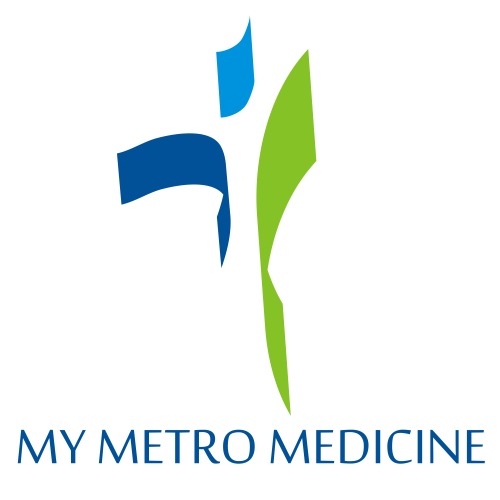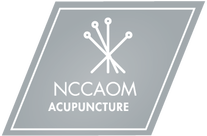|
In case you haven't heard, there is a food craze going on at the moment, and it is growing by the jar! That food craze is all about one dish: Kim Chi. Kim chi (김치), pronounced kim chee, is a staple food in Korean cuisine and is served together with other banchan (반찬), or side dishes, at nearly every meal. On average, a Korean person consumes about 40 pounds of kim chi each year! There are various types of kim chi that can be found throughout the year made from all kinds of vegetables including radishes, cabbage, scallions, cucumbers, and many others. Each of these types of kim chi usually require different ingredients to create specific tastes and consistencies in addition to a long fermentation process. It truly is an art form that has been mastered by the Koreans. Perhaps you have already tried this famous food. But if you haven't, then you probably don't quite grasp the popularity and importance of kim chi and its place in Korean culture. Don't worry, it's okay. Think "ice water" in the United States. At nearly every restaurant you eat at in the U.S., your server almost always brings you a cup of ice water before you eat, whether you want to drink it or not. (Why we all need ice water is beyond me...) This is just a comparison of how common kim chi is at mealtime for Koreans. The difference is that kim chi actually has numerous health benefits as opposed to ice water. Also, kim chi is a great accompaniment to whatever main dish you are enjoying, again, unlike ice water. Many people also enjoy it with rice alone. (These people are hard core Koreans usually!) So, why is it that kim chi is so popular? What benefits does it actually provide? Aside from its distinct taste and smell, like yogurt, kim chi contains a TON of probiotics, such as lactobacilli, that keep your digestive system functioning at its best. It is also filled with antioxidants and carries a little kick from all the ground red pepper flakes it is made with, which contain lots of vitamin A and vitamin C. These are just a few health benefits from a list that goes on and on. In fact, there are even research studies about the effects of kim chi on cancer and other diseases. So, if you want to eat this delicious food, you don't need to travel to Korea to enjoy an authentic version. Visit any of the fantastic Korean restaurants in Northern Virginia, and you can get a little taste of home/Korea. Then you will understand why people love kim chi so much that they even say "Kim Chi" instead of "Smile" when they take pictures! 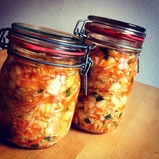 How to Make Your Own Traditional Kim Chi: If you're interested in braving the process and making your own traditional Kim Chi at home, here's a great place to start. (Recipe courtesy of Korean Bapsang) Ingredients: 1 large napa cabbage (about 5 to 6 pounds), or 2 small (about 3 pounds each) 1 cup Korean coarse sea salt for making kimchi 5 cups of water 1 pound Korean radish 1/4 Asian pear 3 - 4 scallions Seasonings: 1 tablespoon glutinous rice powder* (*Mix it with 1/2 cup water, simmer over low heat until it thickens to a thin paste and cool. Yields about 3 - 4 tablespoons.) 1/2 cup Korean red chili pepper flakes, (adjust to your taste) 1/4 cup salted (mini) shrimp, finely minced 3 - 4 raw shrimp (about 2 ounces), finely minced or ground 3 tablespoons fish sauce 3 tablespoons minced garlic 1 teaspoon grated ginger 1 teaspoon sesame seeds (optional) 1/2 cup water 2 large bowls or pots (7 - 8 quarts) 1 large colander Kitchen gloves 3/4 - 1 gallon airtight container or jar Instructions 1. Cut the cabbage lengthwise into quarters by cutting the stem end in half only about 3 - 4 inches in and then slowly pulling apart to separate into two pieces by hand. Do the same for each half to make quarters. Running the knife through all the way would unnecessarily cut off the cabbage leaves.) 2. In a large bowl, dissolve 1/2 cup of salt in 5 cups of water. Thoroughly bathe each cabbage quarter in the saltwater one at a time, shake off excess water back into the bowl, and then transfer to another bowl. 3. Using the other half cup of salt and starting from the outermost leaf, generously sprinkle salt over the thick white part of each leaf (similar to salting a piece of meat). Try to salt all the cabbage quarters with 1/2 cup salt, but you can use a little more if needed. Repeat with the rest of the cabbage quarters. Pour the remaining salt water from the first bowl over the cabbage. Set aside for about 6 - 8 hours, rotating the bottom ones to the top every 2 - 3 hours. 4. The cabbages should be ready to be washed when the white parts are easily bendable. Rinse thoroughly 3 times, especially between the white parts of the leaves. Drain well, cut side down. 5. Meanwhile, make the glutinous rice paste and cool. Prepare the other seasoning ingredients. Mix all the seasoning ingredients, including the rice paste and water, well. Set aside while preparing the other ingredients in order for the red pepper flakes to dissolve slightly and become pasty. 6. Cut the radish and optional pear into match sticks (use a mandoline if available). Cut scallions into 1-inch long pieces. Transfer to a large bowl and combine with the seasoning mix. Mix well by hand. Taste a little bit. It should be a little too salty to eat as is. Add salt, more salted shrimp or fish sauce, if necessary. If possible, let it sit for 30 minutes to an hour to allow the flavors meld nicely. 7. Cut off the tough stem part from each cabbage quarter, leaving enough to hold the leaves together. Place one cabbage quarter in the bowl with the radish mix. Spread the radish mix over each leaf, one to two tablespoons for large leaves. (Eyeball the stuffing into 4 parts and use one part for each cabbage quarter.) 8. Fold the leaf part of the cabbage over toward the stem and nicely wrap with the outermost leaf before placing it, cut side up, in a jar or airtight container. Repeat with the remaining cabbages.Once all the cabbages are in the jar or airtight container, press down hard to remove air pockets. Rinse the bowl that contained the radish mix with 1/2 cup of water and pour over the kimchi. 9. Leave it out at room temperature for a full day or two, depending on how fast you want your kimchi to ripe. Then, store in the fridge. Although you can start eating it any time, kimchi needs about two weeks in the fridge to fully develop the flavors. It maintains great flavor and texture for several weeks.
0 Comments
|
Posted here are...inspirational ideas on healthy living through eastern medicine, optimism, and possibility through empowerment. Archives
March 2020
Categories
All
|
HOURS & LocationMondays-Thursdays 5:30-6:30pm (Tai Chi & Qigong only)
Fridays 5:00-6:00pm (Tai Chi & Qigong only) Saturdays 1:00-6:00pm (Acupuncture only) |
CONTACT Us |

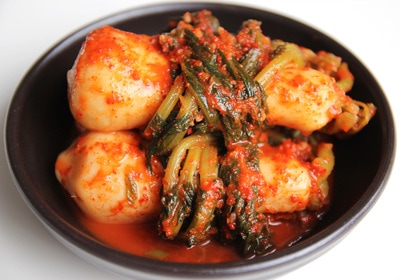


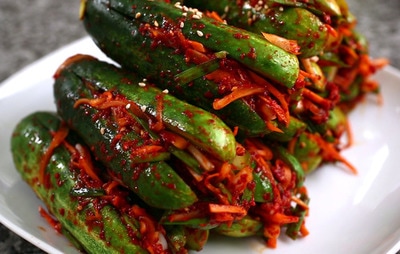
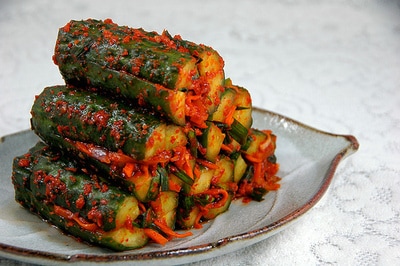
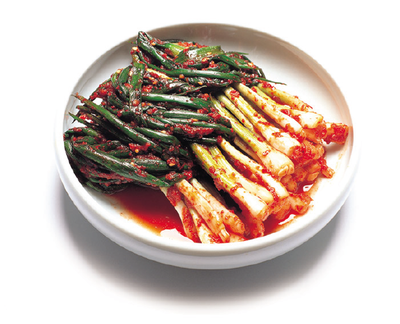
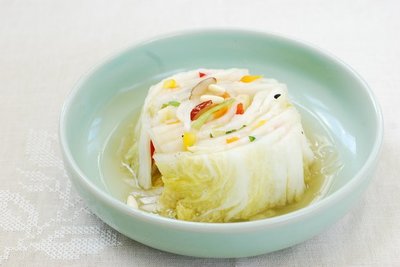


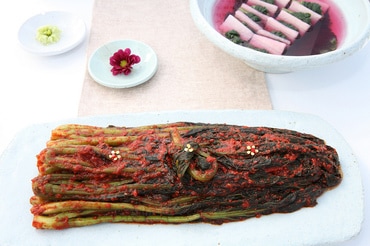
 RSS Feed
RSS Feed
